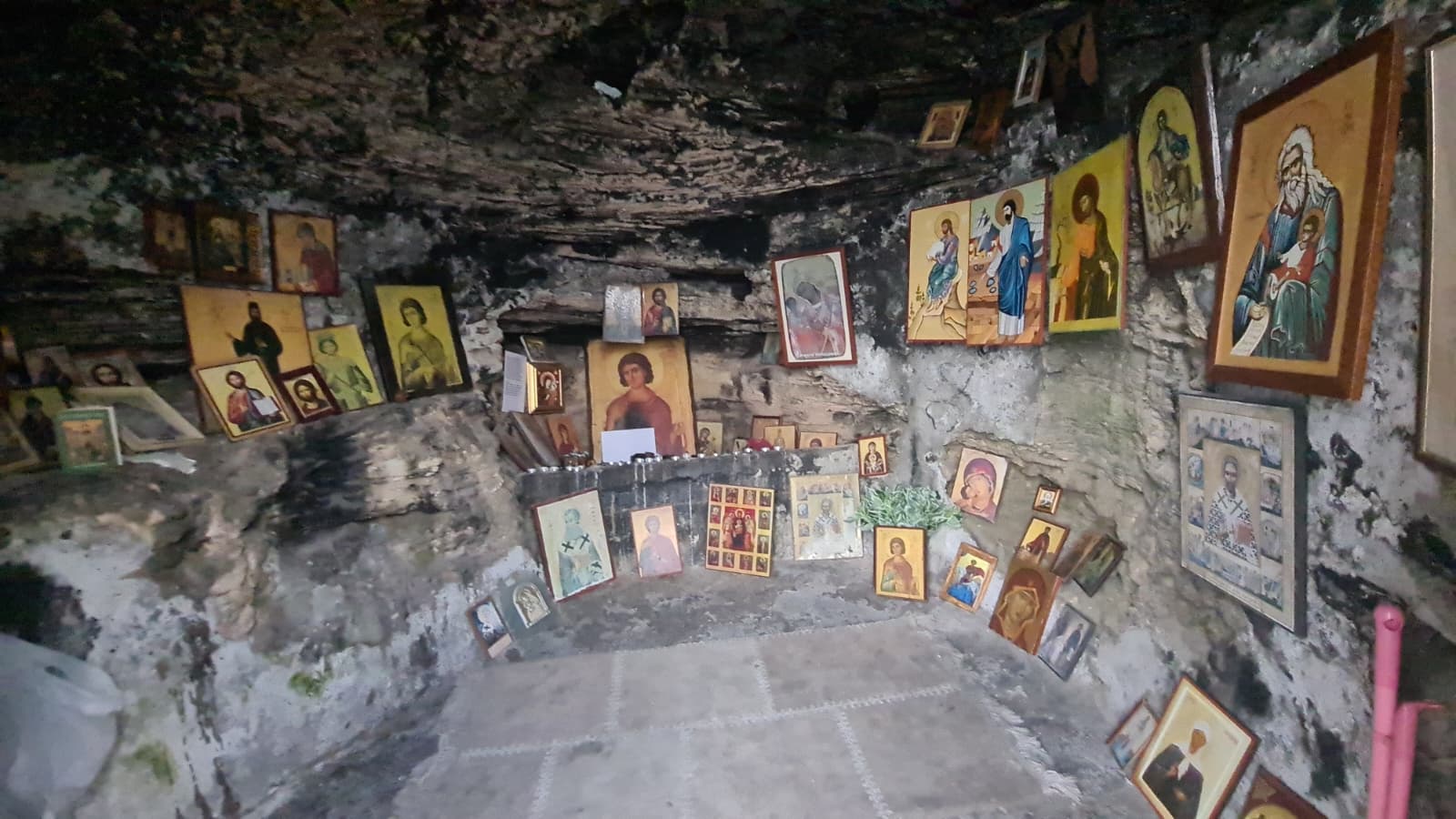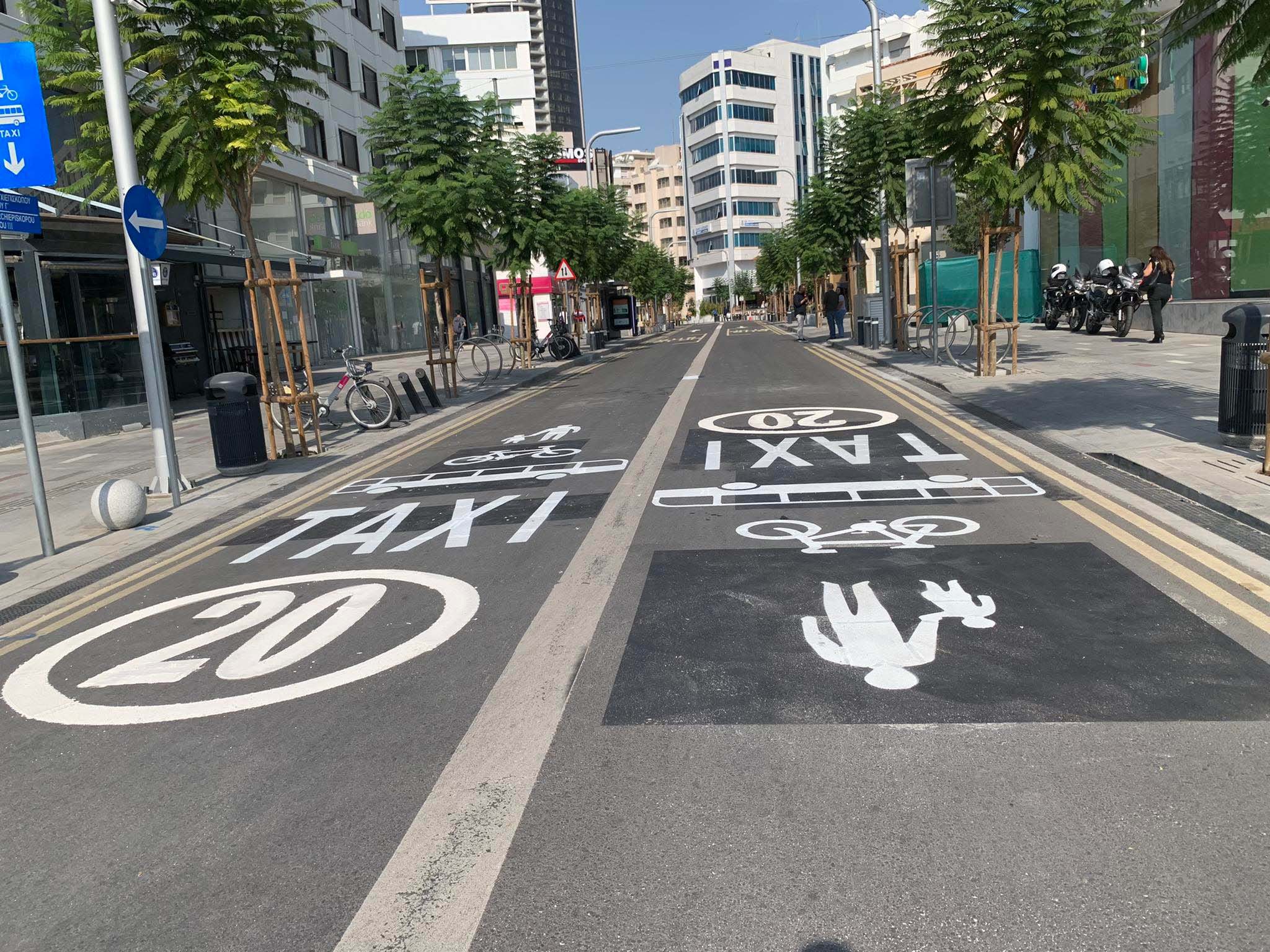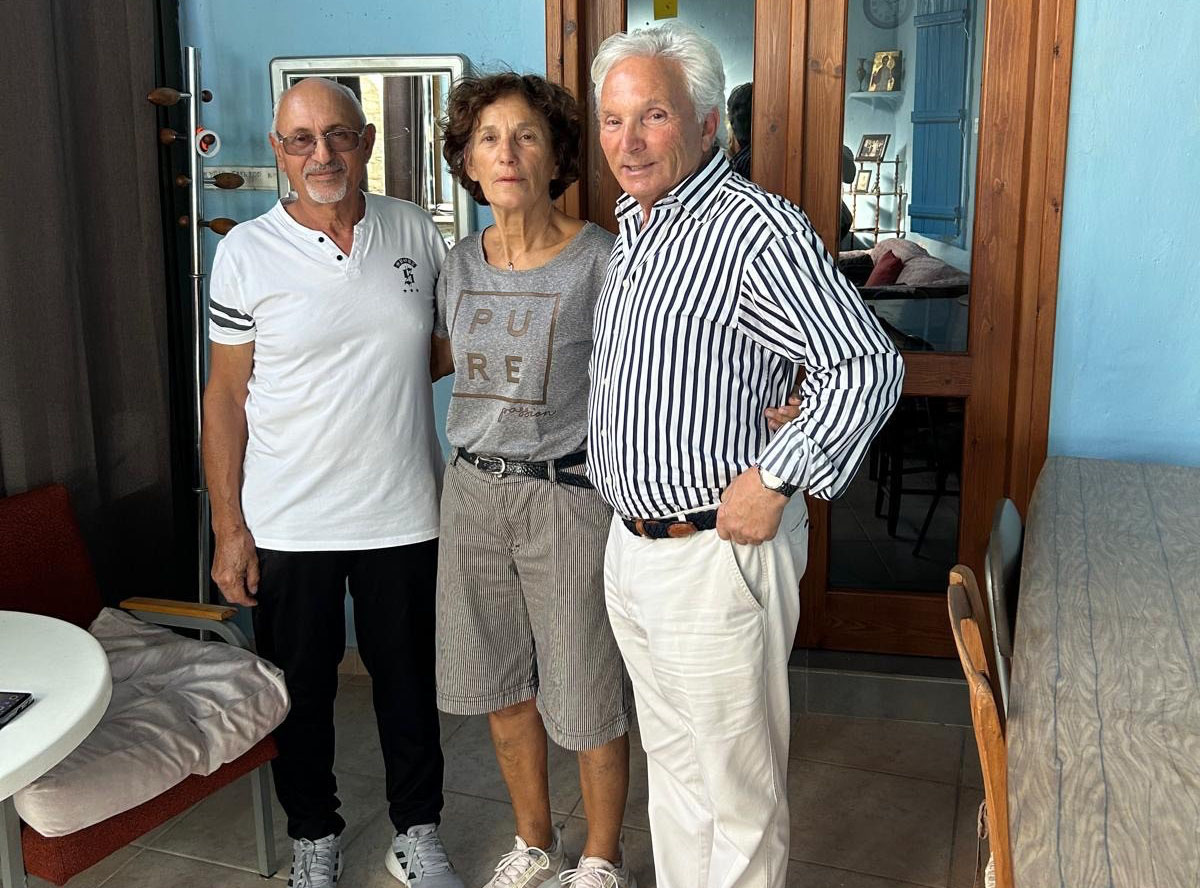The leaseholder of the historic Saint Phanourios church in Kyrenia, Ali Arinc, has begun a hunger strike after the foundation’s administration (Evkaf) decided not to renew his lease, with the prospect of leasing the land surrounding the church for commercial purposes.
Arinc has held the lease for the church, located near the Kyrenia district village of Ayios Georgios, since 2013, and has been using the land to create artwork.
He began a hunger strike on Saturday, with Evkaf refusing to renew his lease, and told newspaper Yeniduzen that Evkaf’s intention is to “hand [the land] over to large companies”.
“Historical structures belong to the people and cannot be handed over for profit. We must not allow anyone to profit from the cultural heritage of these lands … I will not let anyone sell out our children’s dreams,” he said.
He added that Evkaf intends to transfer the land to a private company “due to its ‘coastal location’”, adding, “they want to sideline me and use the land for their own benefit”.
The church is located on the coast of Ayios Georgios, and its land is bordered on its eastern side by the Kaya Palazzo hotel and casino – a 260-room five-star resort which towers over its surroundings.
Of the church, Arinc said he has “completely restored” it since taking over the lease 12 years ago, and that he had done so entirely through his own labour.
“This place was on the verge of collapse. People were going to the toilet on the land and there was rubbish everywhere,” he said.
He added that the building did not even have a door when he first took over the lease and went on to speak about how he had restored it.
He added that the building did not even have a door when he first took over.

“When I first took over the lease of the chapel, it was filthy. The windows were broken, the walls were falling apart. Over the past 12 years, I have undertaken extensive renovations at least five or six times. I have put shutters over the windows, replaced the ceramics, and reinforced the walls. Each time, I did it on my own, without anyone’s support,” he said.
Through his custodianship of the chapel, he said, the church has been “brought back to life”.
“This space has become a place where both art and faith meet,” he said, before adding that he had not only restored the church but fought to preserve the area.
“I stood against everyone who tried to damage the building and pollute the area. With the chapel restored, our Greek Cypriot compatriots began holding services there again after 40 years. My sole purpose was to give this historic structure the value it deserved,” he said.
“Throughout my time managing the chapel, they tried to wear me down and make the place look bad, but I did not give up the fight.”
Now, embarking on a hunger strike with the aim of preventing the lease from changing hands, he said his protest is “not a symbol of despair, but a symbol of resistance”.
“This is a stance taken to defend not only my own rights but also the rights of our children, our art, and our cultural heritage. I began my hunger strike on the night of November 1. My fight will continue. I am dealing with all of this on my own. I will not allow this historic building to be sold for private gain,” he said.
“Historical structures belong to the people and cannot be handed over for profit. We must not allow anyone to profit from the cultural heritage of these lands.”
Evkaf general manager Mustafa Tumer, meanwhile, told Yeniduzen that the administration is “considering” leasing out the land for commercial purposes.
“If there is an area suitable for investment, a tender is put out … This contract has been suspended after 12 years. There is no specific purpose behind the suspension. Based on the information I have received regarding the matter, it has been suggested that it could be commercially viable due to its proximity to the sea,” he said.
He added that Evkaf will “conduct a detailed review” into the matter.
The Saint Phanourios church is located above a cave, also dedicated to Saint Phanourios, which is a holy site for Orthodox Christians.
According to Greek Orthodox tradition, when Saint Phanourios was being pursued by the Saracens, he swam on his horse from Anatolia to the site near Ayios Georgios, where his horse died.
He then hid in the cave and was as such saved from his enemies.
The cave was later dedicated to him, and became a pilgrimage destination, while the church which sits above it was built in 1973.
At the cave’s entrance, there are fossilised bones, which are, according to tradition, the remains of Saint Phanourios’ horse.
Meanwhile, scientists believe the bones may have belonged to a pygmy hippopotamus.







Click here to change your cookie preferences